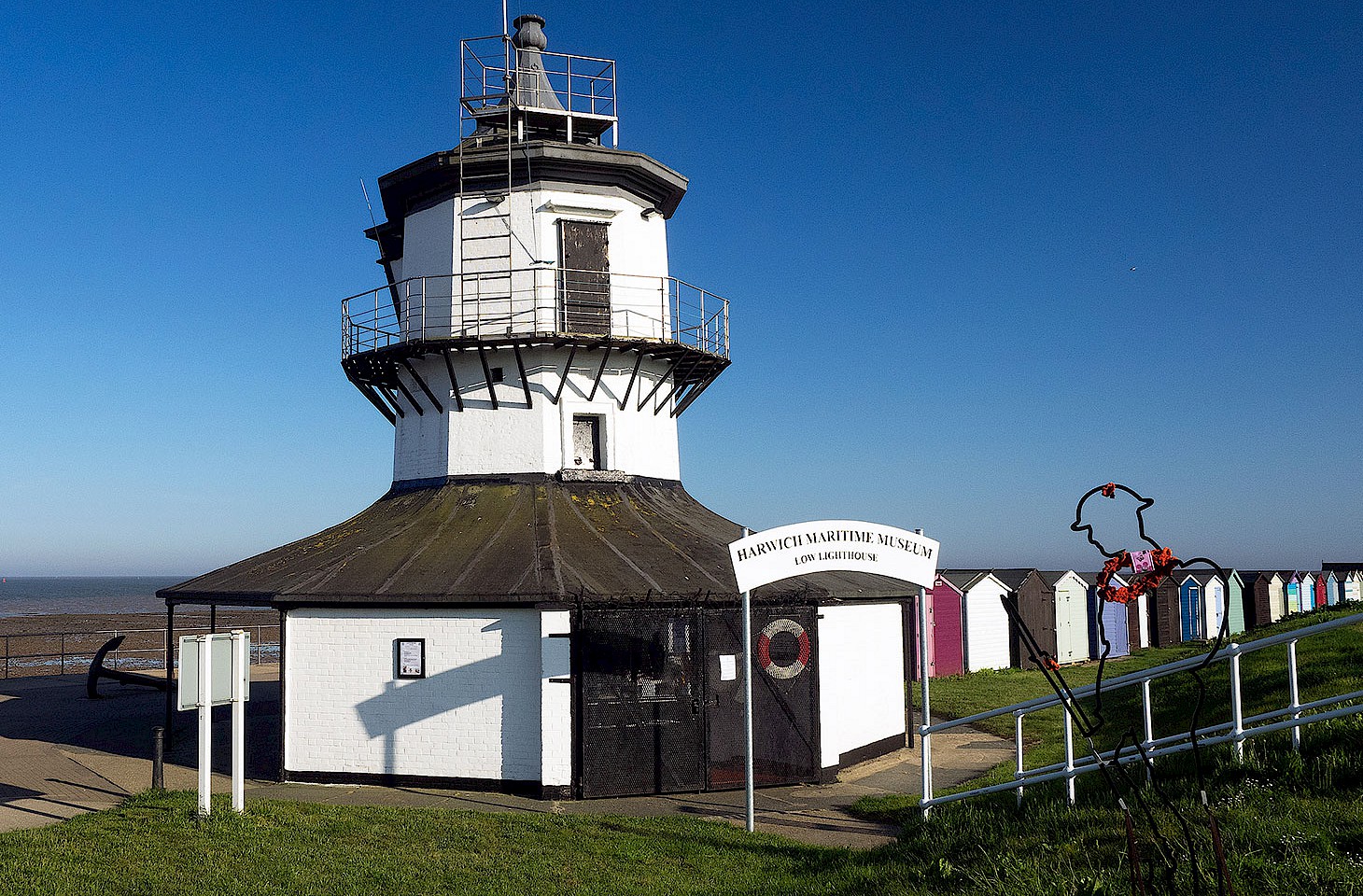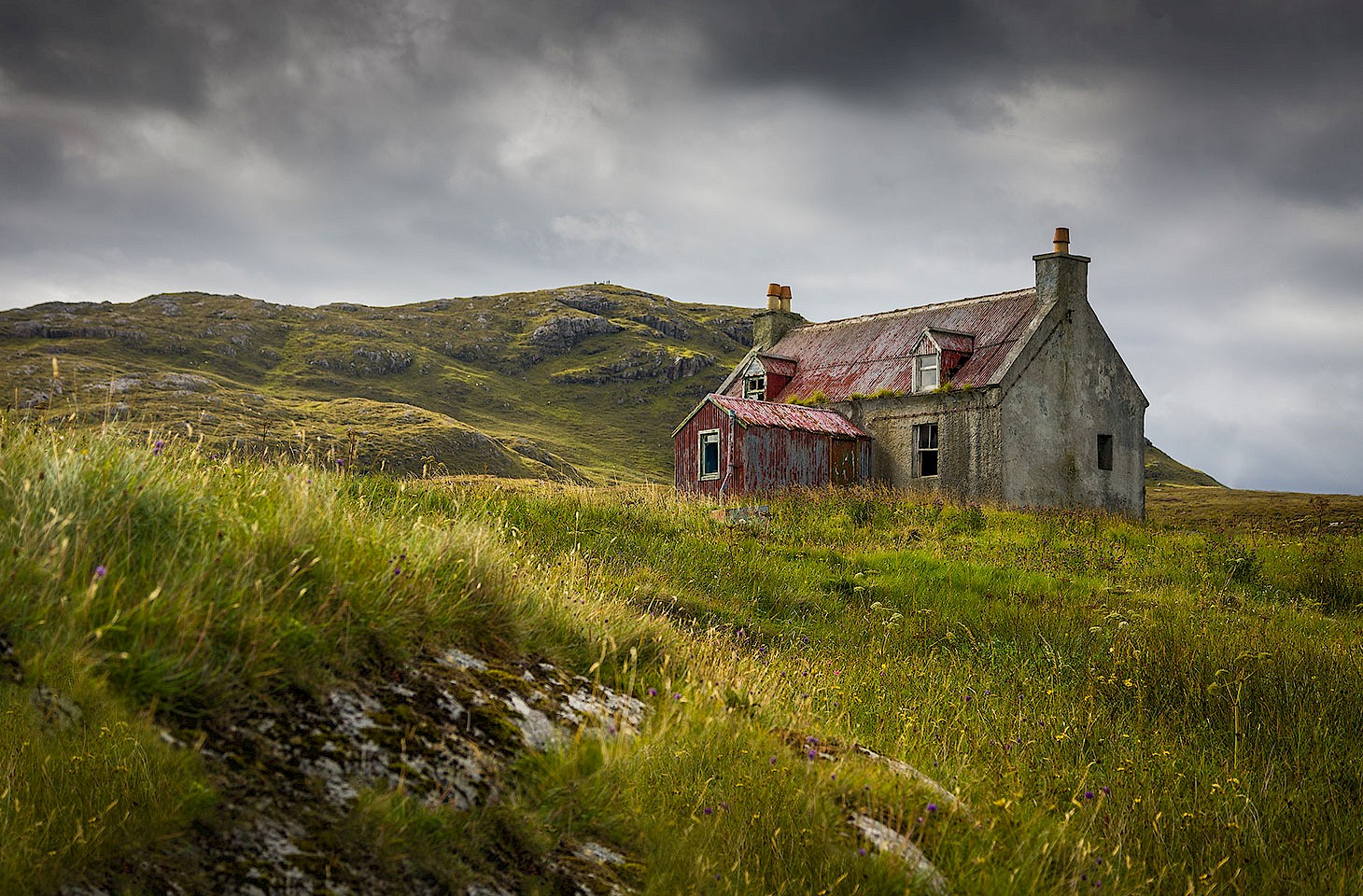There has been much ado in the skies over the British Isles these past months. In mainstream media, the key talking points have been the collapse of Monarch Airlines and Ryanair’s evident inability to organise pilot rosters. But look beyond the big carriers and major airports and you’ll find some interesting developments.
Scotland’s very own airline
The Scottish airline Loganair has always been a carrier to watch. Its regular Twin Otter beach landings on the Hebridean island of Barra are a staple in the travel pages. Another of the operator’s Scottish island flights, the hop from Westray to Papa Westray, is much feted by travel writers and the aviation press as the shortest scheduled air route in the world.
This year, Loganair marks the 50th anniversary of its first scheduled flight; it was way back in 1967 that Loganair launched inter-island services in the Orkneys. The airline has nurtured and operated that Orcadian network ever since. But this year, Loganair has been making waves well beyond the Orkneys and the Hebrides. After very many years flying as a franchisee of British Airways (until 2008) and then Flybe (from 2008), Loganair has this year been reasserting its identity as Scotland’s very own airline — with a new tartanthemed livery to match. The carrier severed its links with Flybe and from 1 September has assumed full commercial responsibility for its entire network, although a renewed code-share agreement with British Airways still gives Loganair’s flights visibility with a major international carrier.
It’s not the first time that an airline has developed strong Scottish branding to promote domestic services within Scotland. In the 1980s, Air Ecosse played the Scottish card. A dash of French flair didn’t protect the fledgling carrier from harsh economic realities, and Air Ecosse slipped from the timetables in 1988, having during its brief life served such oddball routes as Dundee to Wick. Ten years ago, Air Caledonian promoted flights from Prestwick Airport (near Glasgow) to Stornoway. It was a short-lived flop.
Loganair spreads its wings
The news of Loganair’s decision to split from Flybe and go it alone broke last autumn, with the company promising a range of new international links from Scotland, plus better domestic services. Loganair boss Jonathan Hinkles declared that the company’s summer 2017 timetable was “a statement of intent as we announce our transition from the Flybe franchise arrangements to become an independent operator from 1 September 2017.”




